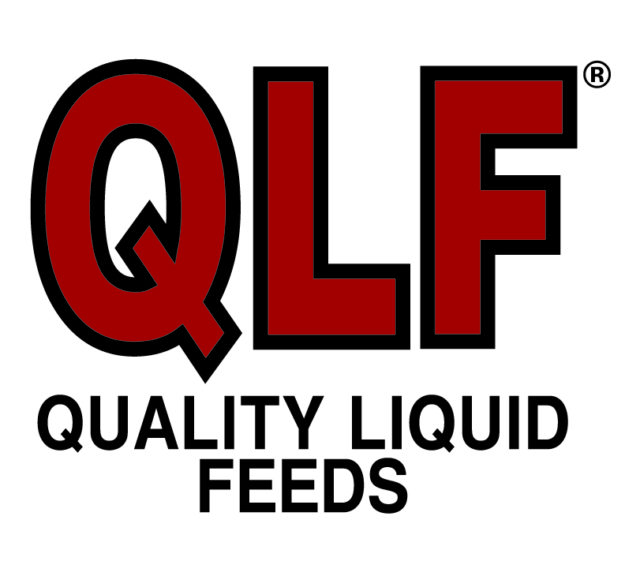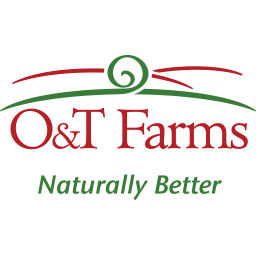A dairy producer may occasionally ask, “Why is my community against me?” Of course, angry residents will always attack a dairyman about his level of environmental stewardship or animal care. However, on a local level, a large dairy can also have socioeconomic impacts producers should not ignore.
A new report highlights one significant negative impact producers can and should take more responsibility to help mitigate. The University of Idaho recently released their findings from a socioeconomic study of the impacts of an expanding dairy industry on local communities.
The case study was the concentrated dairy industry in south-central Idaho, including the communities of Gooding, Twin Falls, and Jerome. All of these counties are in the Top 20 in the country for milk production.
The report found that the social impact of an increased Hispanic labor force did not increase the number of felonies or overload health care systems in local communities. It also showed that a growing dairy industry positively contributes to economic growth and diversity.
“Communities like Jerome and Gooding whose economies are farming-dependent are bucking a national trend. Three-quarters of those kind of communities in the country are losing population, school enrollments are down, towns are losing jobs and they are losing people. That is not happening in farming-dependent communities that rely on the dairy industry,” says Priscilla Salant, one of the researchers.
Researchers said they were confident that what they found in Idaho would also be true in California’s Central Valley or the Panhandle of Texas or any rural agriculture area with a growing foreign-born workforce. That’s the good news.
However, the study showed the greatest negative impact of a growing foreign-born population on a rural community is felt in schools.
“Schools are the place where communities feel the big demographic change that is occurring in terms of an increased number of kids who have limited English proficiency,” Salant says.
Researchers showed that the Hispanic student enrollment in schools is usually greater than the overall community-level increase in the Hispanic population. So even a small shift in local Hispanic population, such as might be caused by the addition of a large new dairy and its workforce, will have a ripple effect on a small, local school.
These changes strain school staff who begin to work with English language learners. Inevitably, when teachers split their time to meet No Child Left Behind standards, some students will not get the attention they once did. The parents of those students could be the ones upset with dairy producers. They may start saying, “Our community was better before the dairies started to grow.”
So what can you do about it? Get involved. Volunteer your time to help teachers in classrooms. Meet the principal and find out what the school's needs are. Those are the free options. When the dairy industry is good to you, publicly sponsor your high school’s football or basketball team. Donate money to help fill unmet needs.
Overall, find ways to let the community know you support the school. When schools are strained, it impacts everyone in the community. Residents who see you participating in the schools will be less likely to pin all of a community’s problems on your dairy. PD

-
Walt Cooley
- Editor
- Email Walt Cooley




